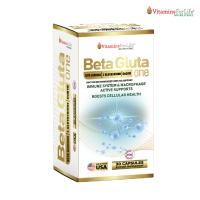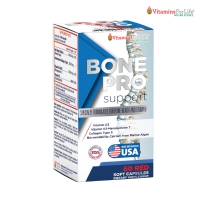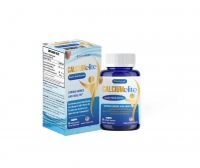In addition, public health authorities estimate that between 5% and 20% of the US population will develop influenza, which is more likely to cause fever, headache, severe body aches and debilitating fatigue than a cold. The flu can result in potentially dangerous complications for the very young, the very old and people with medical conditions such as asthma and lung or heart disease.
Colds account for more doctor visits than any other ailment. However, most colds and mild cases of the flu are amenable to self-treatment. (Call your practitioner if you experience high and/or persistent fever, breathing difficulties and dizziness or confusion.)
Natural options abound for treatment and prevention of mild upper respiratory infections (URIs). Let’s see what three healing traditions—naturopathic medicine, Traditional Chinese Medicine and Ayurveda—have to offer.
Naturopathic Medicine
Conventional medicine tends to focus on treating disease. Naturopathic medicine sees health as an optimal state of well-being; naturopathic physicians (NDs) use clinical nutrition, herbalism and other practices to promote disease prevention.
NDs have no problem with properly used antibiotics but see “the state of a person's internal environment as more important in determining disease than the pathogen,” says Michael Murray, ND, speaker and author of numerous books, including (with Joe Pizzorno, ND) The Encyclopedia of Natural Medicine (third edition, Atria; www.doctormurray.com).
Naturopathy sees diet as the key to immunity. “There are a number of dietary factors that depress immune function, including nutrient deficiency and excess consumption of sugar,” says Murray. “Numerous studies have shown that almost all elderly Americans are deficient in at least one nutrient and most are deficient in many.”
To maintain peak immunity, Murray recommends a diet in which whole, natural foods predominate, with “adequate, but not excessive, amounts of protein” and five or six glasses of water a day. He also suggests regular exercise, deep breathing and relaxation practices, at least seven hours of sleep a night, a positive outlook on life and “a good high-potency multivitamin and mineral supplement.”
A strong immune system may not prevent all colds, but Murray says those that do develop should last only three or four days. He notes that in addition to rest and liquids, 500 to 1,000 milligrams of vitamin C every two hours may help reduce cold duration by a day. Zinc lozenges sweetened by glycine can be used for up to seven days. Murray also recommends medicinal mushrooms and umcka. Echinacea can be helpful; look for a supplement that contains the herb’s active compounds in standardized form.
American Association of Naturopathic Physicians: www.naturopathic.org, 866-538-2267
Traditional Chinese Medicine
While Western medicine focuses on the body’s substance, Traditional Chinese Medicine tries to influence its energy flows, which are organized into sets of paired opposites such as yin and yang. This elemental energy, called qi, flows through meridians that can be accessed not only by acupuncture—the aspect of TCM best known in the West—but also by Chinese herbalism and other practices.
In TCM, a type of energy called wei qi “corresponds with what we now know as immune function,” says Steve Given, DAOM, LAc, dean of clinical education at American College of Traditional Chinese Medicine in San Francisco (www.actcm.edu). “There are acupuncture and herbal protocols for supporting wei qi.”
Ailments are seen as patterns of disharmony in TCM. Given says upper respiratory infections often fall into a pattern called wind-cold. “The wind is coming in from the outside so the practitioner is trying to expel a pathogen from the outside,” he explains. This pathogen generally enters through tai yang channels running down the back of the body, including the arms and legs.
Given explains that Chinese herbs are generally prescribed in standard formulations as described in China’s ancient medical texts. For example, he says the formula yu ping feng san “contains three herbs designed to support immunity and its traditional indication is a patient who easily gets upper respiratory infections. It’s a classic formula used for both colds and the flu, and for immune-deficient patients, such as those undergoing chemotherapy.”
Because TCM is based on an entirely different view of the body, its diagnosis methods have no a-








